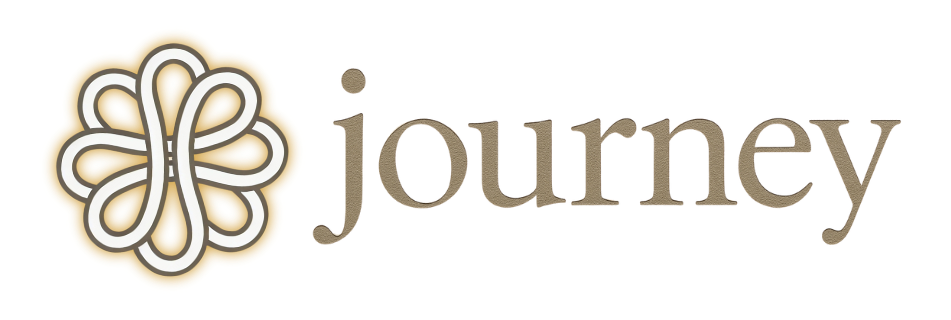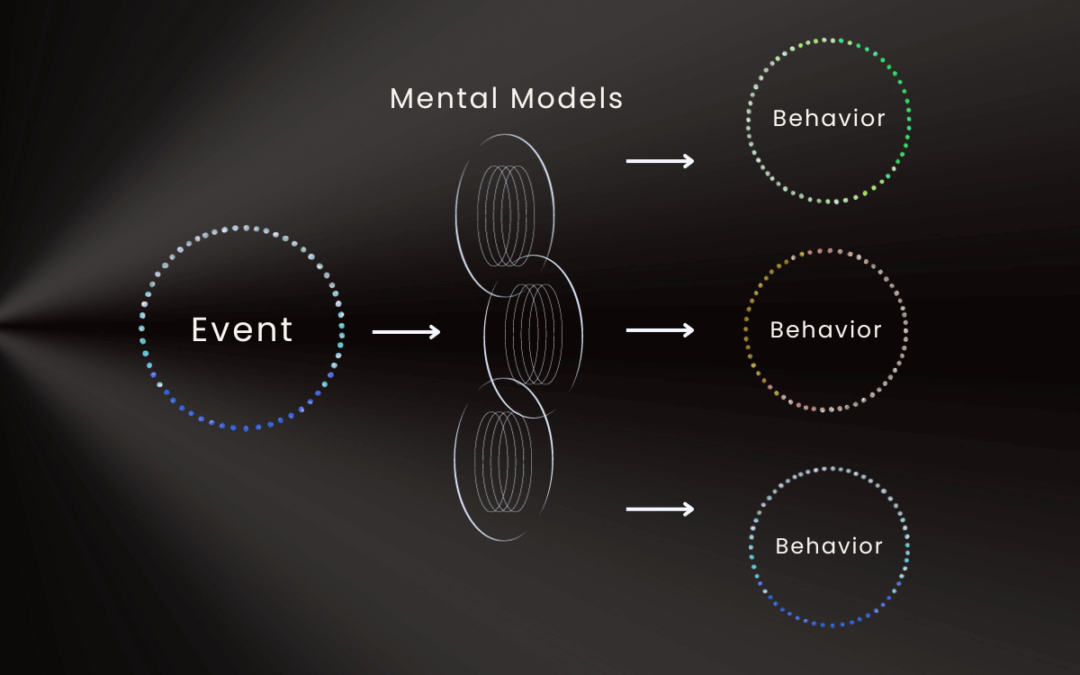Reading Time: 5 minutes
Key Points
- Principles of Leverage: Leverage is perception-driven, dynamic, context-specific, and relational. Understanding these principles can help you in negotiations and strategic decisions.
- Applications Beyond Physics: Leverage is crucial in business, negotiations, and strategy. It allows small, focused actions to produce significant outcomes.
- Related Concepts and Mental Models: Critical mass, Power law, Pareto’s principle, and Outsourcing are all concepts that involve leverage to some extent.
The Fundamentals of Leverage
Leverage is a principle deeply embedded in both physics and strategy, enabling us to achieve more with less. It originates from the Latin ‘levare,’ meaning ‘light,’ and evolved in English to mean lifting or elevating an object using a lever—a simple tool that amplifies force.
Leverage is about gaining disproportionate effectiveness through intelligent action.
“You don’t convince people by challenging their longest and most firmly held opinions. You find common ground and work from there. Or you look for leverage to make them listen. Or you create an alternative with so much support from other people that the opposition voluntarily abandons its views and joins your camp.”
— Ryan Holiday, The Obstacle Is the Way
Types of Physical Levers
- Fulcrum in the middle: Force applied on one side lifts a load on the other (e.g., crowbar).
- Load in the middle: Force and fulcrum are on the sides (e.g., bottle opener).
- Force in the middle: Fulcrum and load are on the sides (e.g., human jaw).
Archimedes famously said that with a long enough lever and a place to stand, he could move the Earth. This statement is not merely about physical tools; it’s a metaphor for the power of leverage in various aspects of life.
Leverage Beyond Physics: Applications in Strategy and Decision-Making
Business and Negotiation
In business, leverage is about utilizing resources—time, money, influence—in a way that maximizes output. For example, a repairman who is the only one available on a hot day has the leverage to charge you more for fixing your refrigerator.
Principles of Leverage in Strategy
- Perception-Driven: Leverage often exists only when perceived. If you don’t recognize an advantage, it loses its power.
- Dynamic Nature: Leverage shifts as new information becomes available. Market leaders today might be obsolete tomorrow.
- Context-Specific: Leverage is often situational. What works in one scenario might be ineffective in another.
- Relational: Leverage depends on the existence of a relationship between parties. Without a counterpart, leverage is meaningless.
Warren Buffett advises, “Don’t ask the barber whether you need a haircut,” underscoring that questions framed wrong can give leverage to others.
Mental Models and Related Concepts
- Critical Mass: The point at which an idea or product gains enough traction to become ubiquitous. Leverage is used to reach this tipping point more efficiently.
- Power Law: A concept where a small change in one variable leads to a disproportionate change in another. It’s the mathematical backbone of leverage.
- Pareto’s Principle: Often, 80% of outcomes stem from 20% of causes. Identifying and focusing on this 20% provides high leverage.
- Outsourcing: Delegating tasks that aren’t your strength allows you to focus on areas where you have more leverage.
- Commitment and Consistency: People are more likely to stick with familiar choices, a tendency that businesses often leverage to maintain customer loyalty.
Leverage is a tool that, when understood and applied, allows for significant outcomes with minimal input. Whether you’re a business leader, a strategist, or someone interested in optimizing various aspects of life, understanding the mechanics and strategies surrounding leverage can be a significant asset.
Practical Actions and Inquiries:
- Identify Your Leverage Points: In any given situation, what are your points of leverage? Is it time, skill, money, or influence?
- Analyze Perception: How do others perceive your points of leverage? Remember, leverage often exists only when it’s perceived.
- Dynamic Assessment: Are there any recent developments that might have shifted the leverage in your favor or against you? Keep up-to-date information to assess your leverage accurately.
- Context Relevance: Is your leverage point effective in the current situation? A point of leverage in one scenario may not work in another.
- Relationship Mapping: Are you dependent on another party for your leverage to be effective? If the relationship changes, how does your leverage change?
- Check for High-Impact Areas: Utilize the Pareto principle to focus on the 20% of activities that bring in 80% of the results. What are those high-impact areas in your life or business?
- Outsourcing and Delegation: Are there tasks that you can delegate to free up your time for high-leverage activities?
- Commitment and Consistency: Are you leveraging your past actions or commitments to influence current decisions? Is it working for or against you?
- Critical Mass: In group dynamics or market penetration, have you reached a ‘critical mass’ where your idea or product becomes self-sustaining? If not, what can you leverage to get there?
Remember, the next time you face a formidable challenge or a strategic decision, ask not just for solutions but where your leverage lies.

